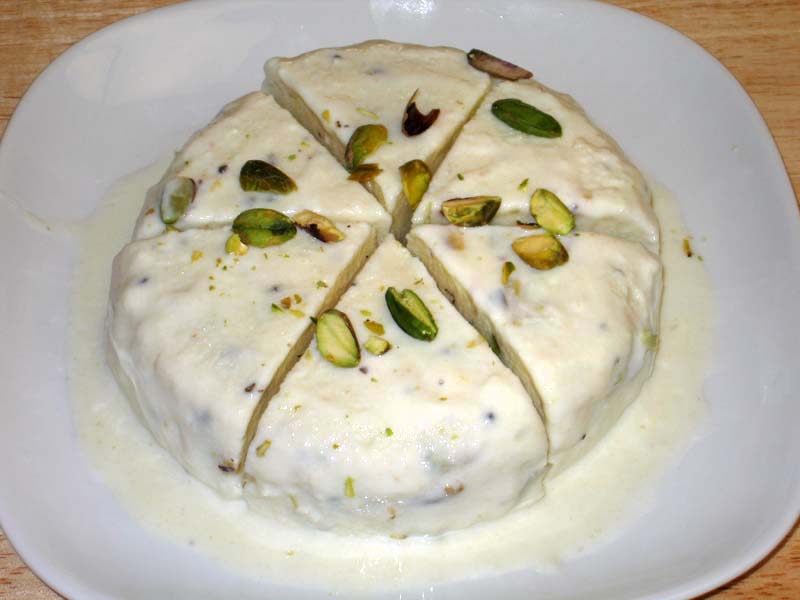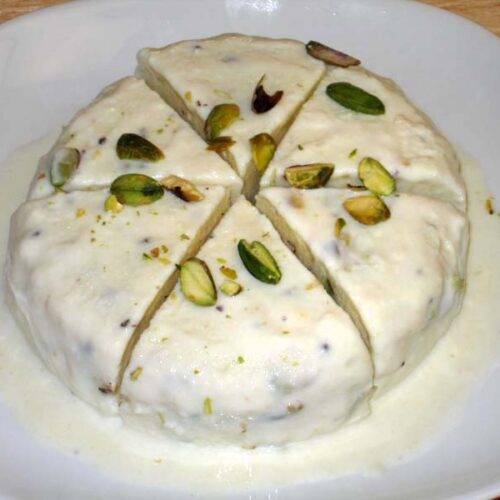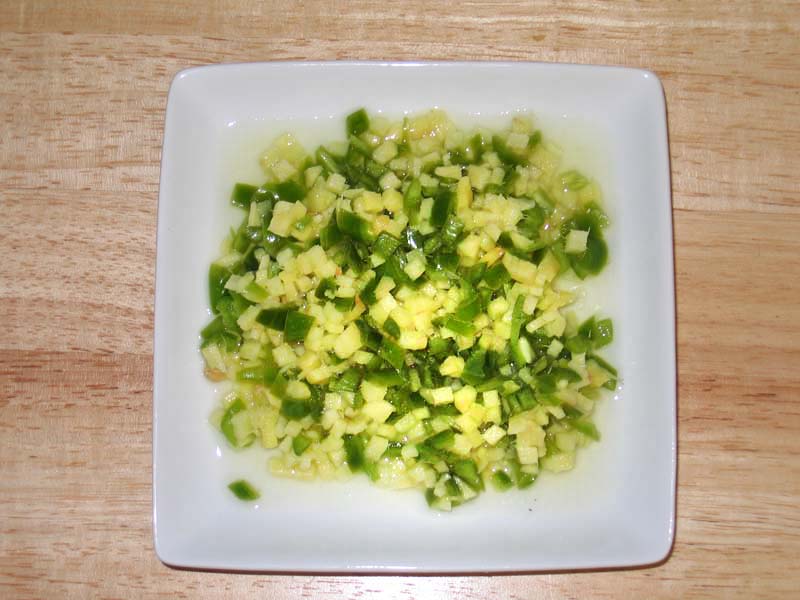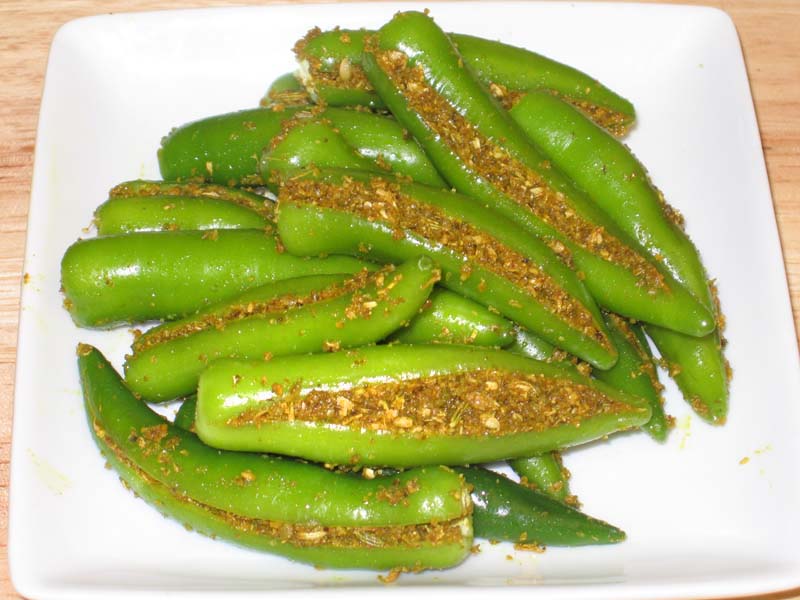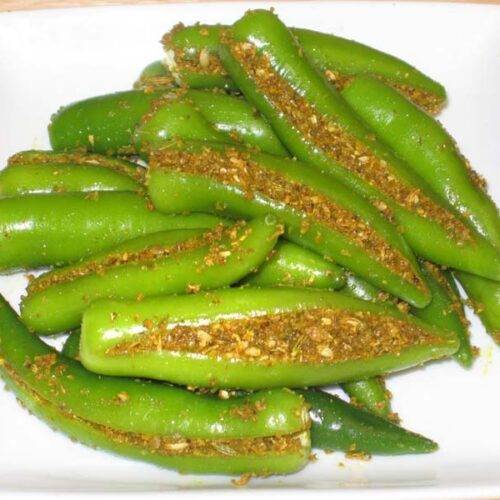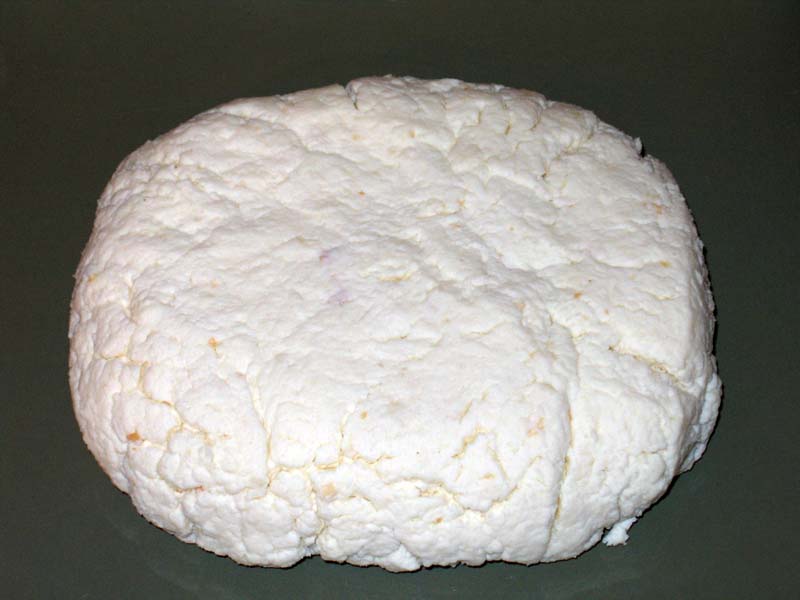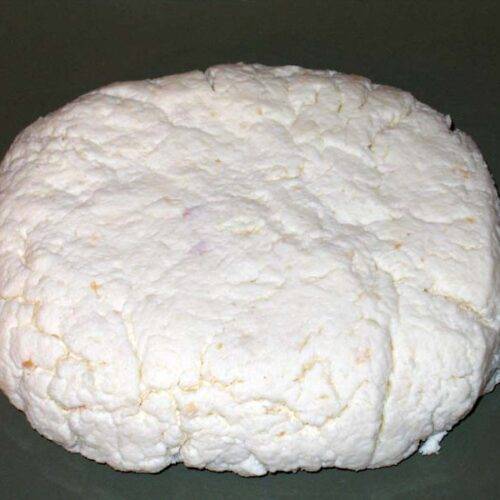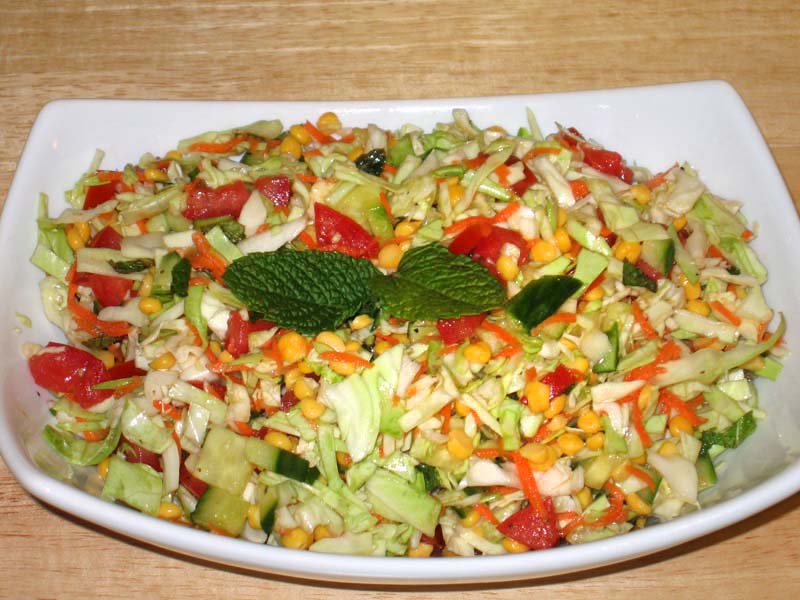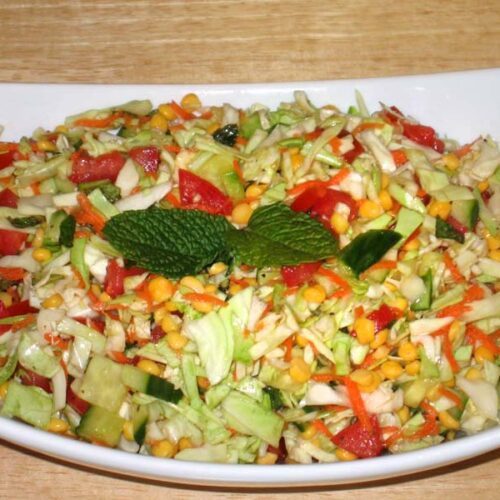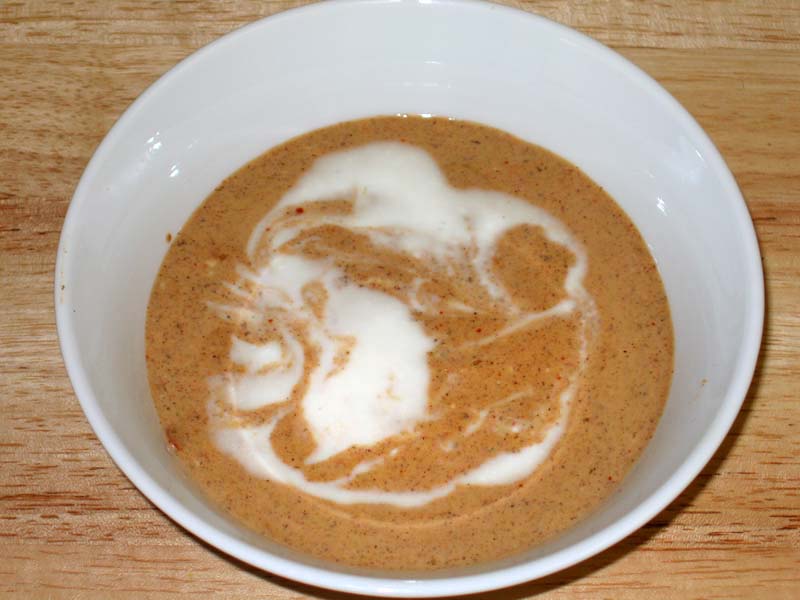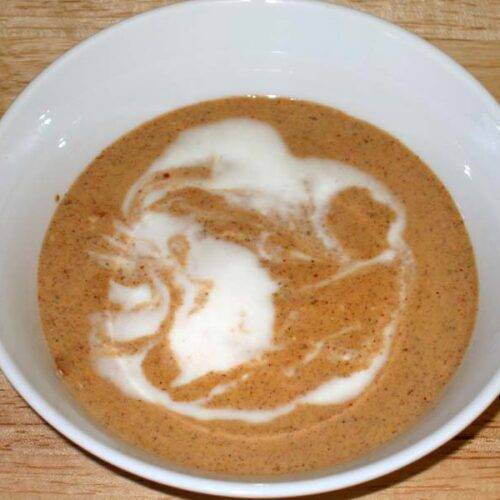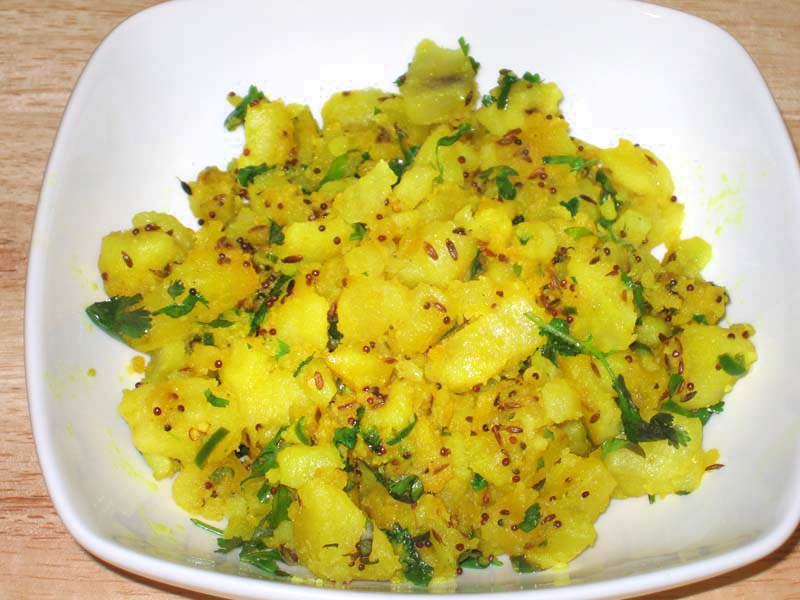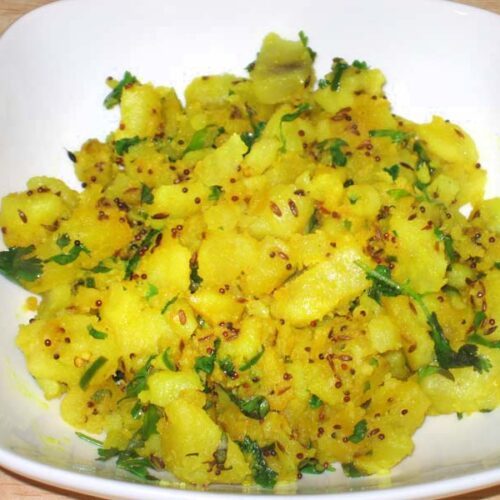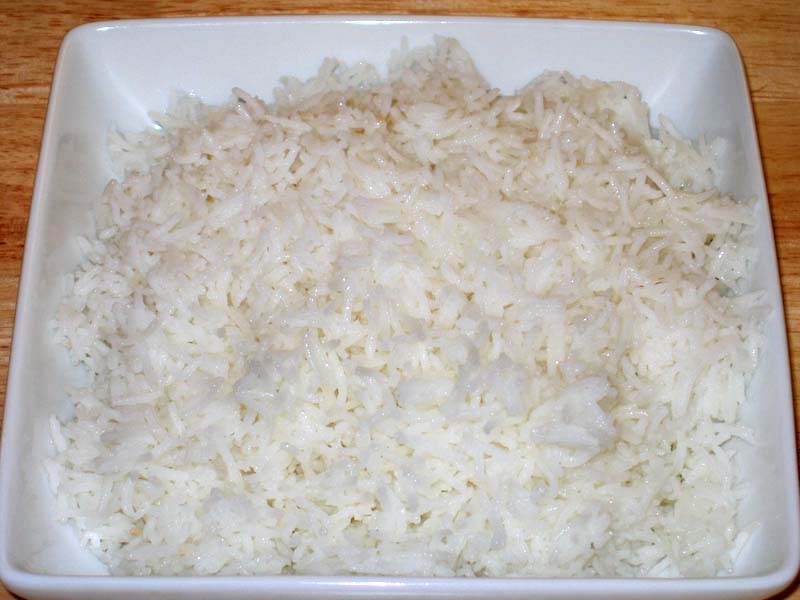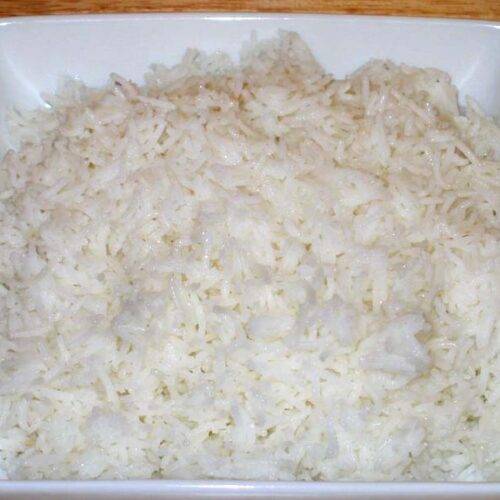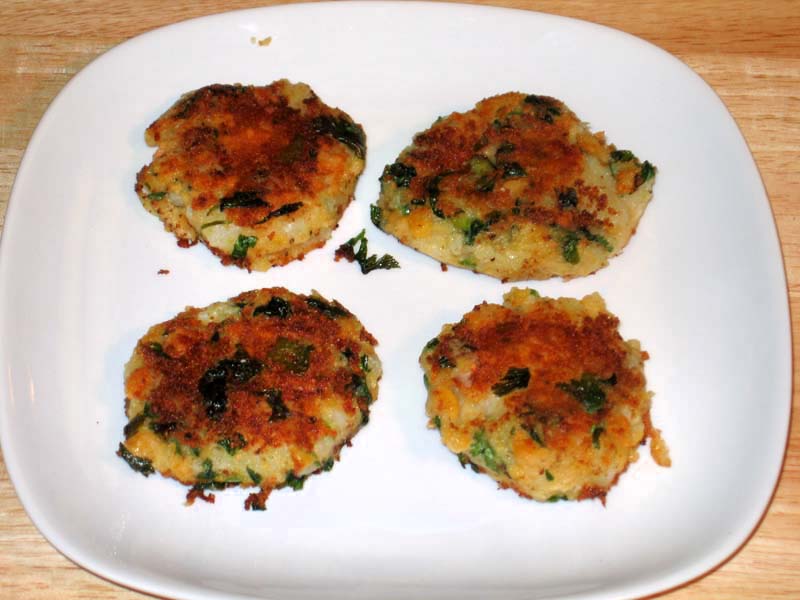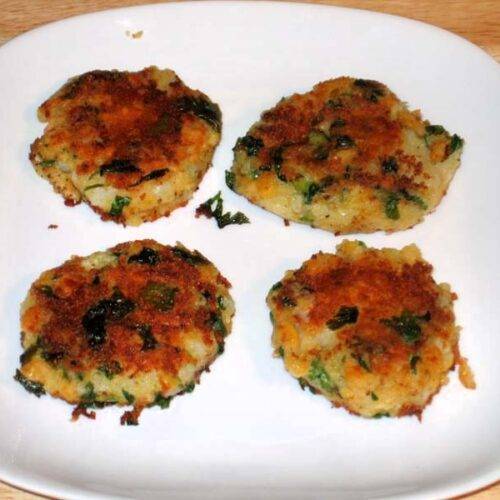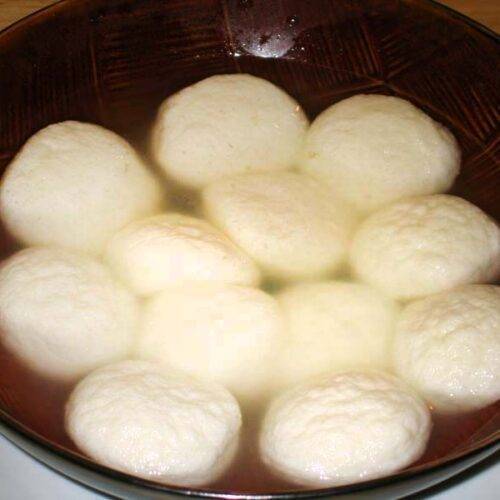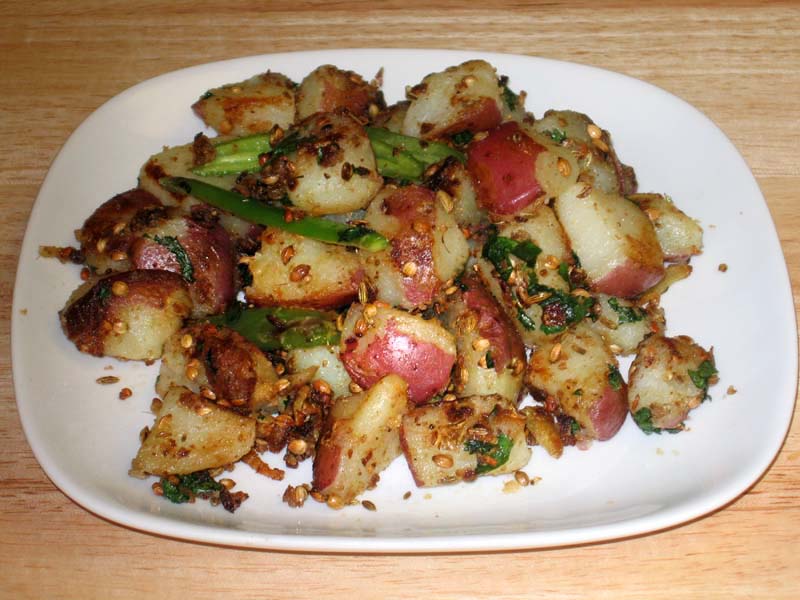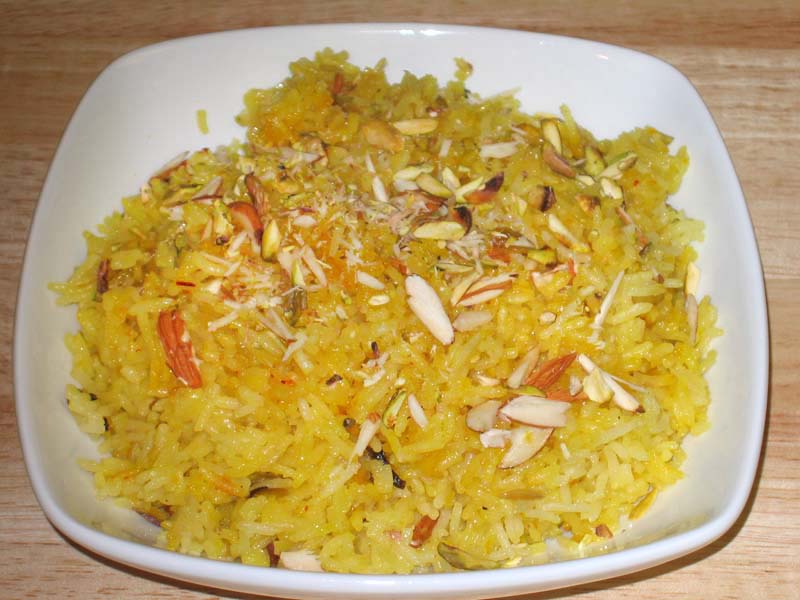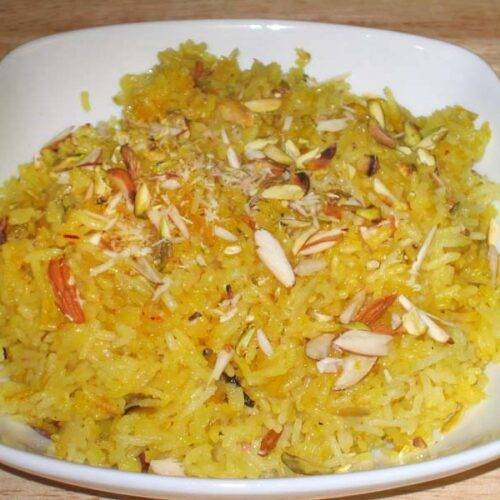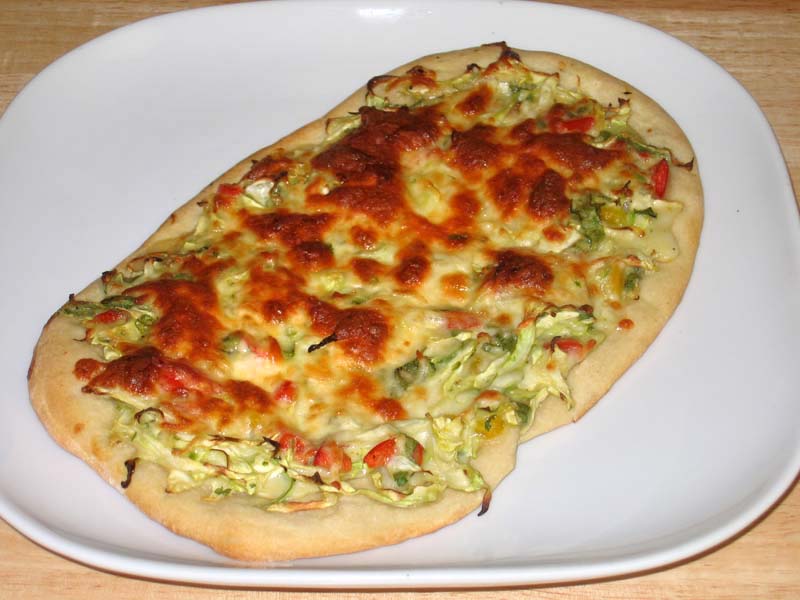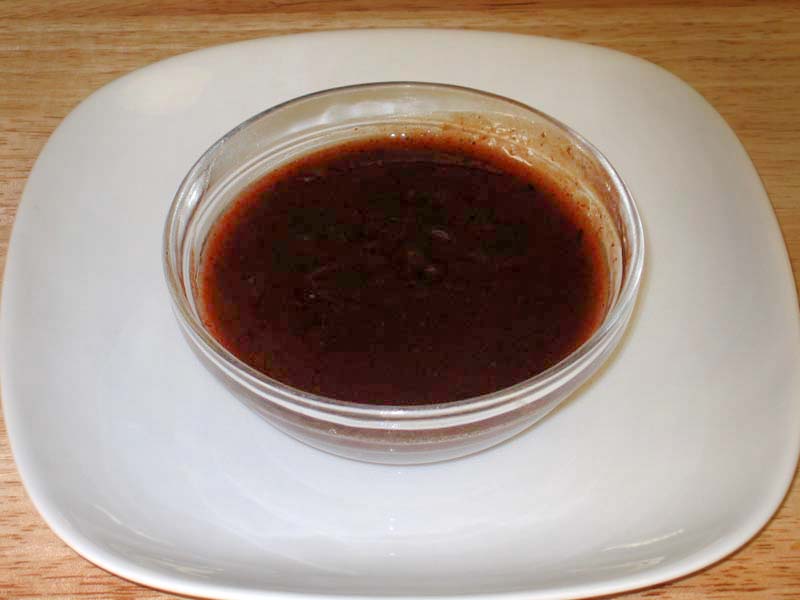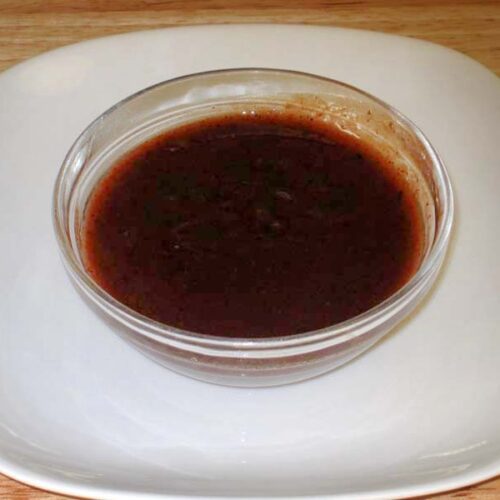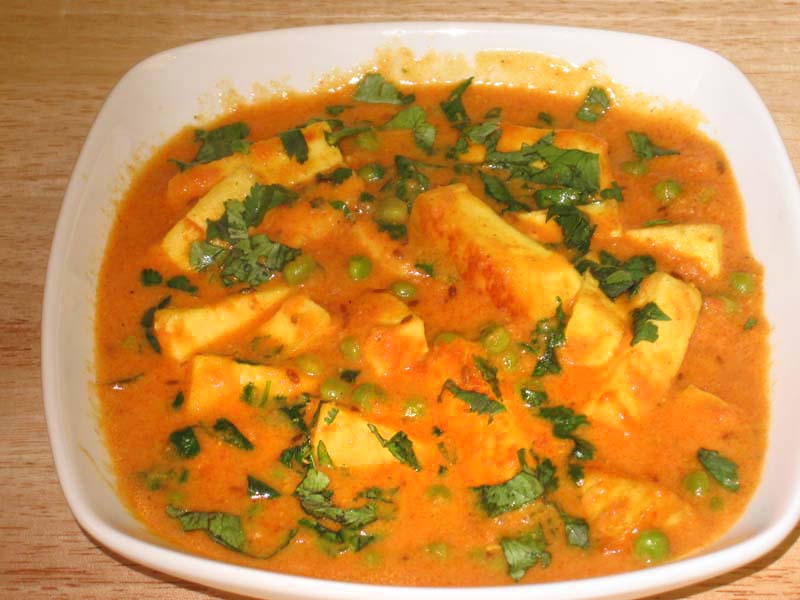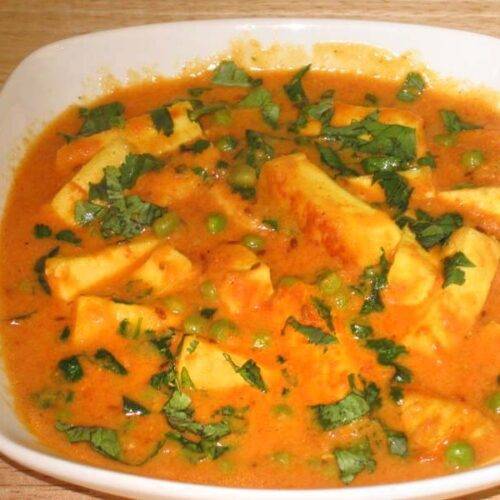Pista Kulfi
Ingredients
- 4 cupa whole milk
- 1 slice white bread
- 1 tsp corn starch
- 1/4 cup sugar
- 1/2 tsp coarsely ground cardamom ilachi
- 10 pistachios sliced
Instructions
- Remove the crust from all sides of the bread and cut the bread in small pieces.
- Blend bread pieces, cornstarch, and a 1/2 cup of milk, making smooth paste and set aside.
- Boil remaining milk (3.5 cups) in nonstick frying pan on medium high heat. Stir milk as needed to keep milk from burning on the bottom of the frying pan. Stir the sides of the pan to avoid scalding.
- After milk comes to boil, let the milk boil for another 12 minutes. The goal is to boil the milk from 3 1/2 cups to 2 1/2 cups.
- Add the bread mixture to the milk in frying the pan and cook for another 4 minutes, reducing the heat to medium. Bread and cornstarch are added to reduce the water crystallizing in kulfi during freezing.
- Next add sugar and pistachios and cook for 2 more minutes. Turn off the heat and add cardamom powder.
- Cool the milk to room temperature and pour into a bowl,
- Take cellophane wrap and place it right over the milk covering it completely. Note: It is important that the cellophane wrap touches the milk.
- Put it in freezer. It will take about 7 hours for the kulfi to be ready to serve.
Notes
Delight in the Creamy Goodness of Pista Kulfi
Pista Kulfi is a traditional Indian ice cream made with pistachios, milk, and aromatic spices. This pista kulfi recipe is perfect for cooling off on a hot day or enjoying a delightful dessert after a meal. The rich, creamy texture and the nutty flavour of pistachios make this dessert a favorite among many.
The Essence of Pista Kulfi
The essence of pista kulfi lies in its rich and creamy texture, achieved by slowly simmering milk until it thickens and reduces. The addition of pistachios and a touch of cardamom gives this kulfi its distinctive flavor. This pistachio ice cream is a traditional Indian dessert that brings a touch of authenticity to any occasion, making it a popular choice for festivals and celebrations.
Origin and Popularity
Kulfi, often referred to as Indian ice cream, has been a beloved dessert in India for centuries. Unlike regular ice cream, kulfi is denser and creamier due to the slow cooking process of the milk. Pista kulfi, with its rich pistachio flavor, has become one of the most popular variations of this dessert. It’s commonly enjoyed during hot summer months and is a staple in many Indian households.
Why You’ll Love This Recipe
- Rich and Creamy: The slow-simmered milk gives the kulfi a rich and creamy texture.
- Nutty Flavor: The pistachios add a delightful nutty flavor that compliments the creamy base.
- Easy to Make: Simple ingredients and straightforward steps make this recipe accessible.
- Perfect for Any Occasion: Ideal for cooling off on a hot day or serving at festive occasions.
Variations of Indian Ice Cream Recipes
Exploring Manjula’s Kitchen reveals a treasure trove of other delicious Indian ice cream recipes that you might enjoy. Here are some related desserts that you might find interesting:
- Falooda Kulfi: Falooda Kulfi is a refreshing dessert. “Falooda” looks like rice noodles and they are made with cornstarch or arrowroot. “Kulfi” is an Indian ice cream. This is a delicacy with street vendors all over India. One has to experience this delightful dessert to appreciate it. You can also serve Falooda with any ice cream of your choice. Try this recipe to enjoy as one of my favorite summertime treats!
- Malai Kulfi: Kulfi is an eggless Indian ice cream. This is a simple and delicious dessert made with milk and sugar. Kulfi is very popular with street vendors, especially in summer. This is an easy recipe to make and Kulfi is an absolute treat for both young and old.
- Pineapple Kulfi: Kulfi, a popular summer dessert, is an Indian ice cream. Adding Pineapple here is a delicious twist to traditional kulfi. Pineapple kulfi simply melts in your mouth with its creamy texture and small chunks of pineapple.
- Paneer and Rose Kulfi: Paneer and Rose Kulfi is easy to make dessert. Instead of traditionally creamy texture, this is more like a grainy and enjoyable texture.
- Rose Kulfi: A fragrant kulfi flavored with rose water and garnished with rose petals.
Serving Suggestions
Pista kulfi can be enjoyed in various ways:
- On a Stick: Serve in traditional kulfi molds or popsicle molds for a fun treat.
- In a Bowl: Scoop into bowls and garnish with chopped pistachios and saffron strands.
- With Falooda: Serve with falooda (vermicelli) and rose syrup for a classic combination.
- As a Dessert: Enjoy as a refreshing dessert after a spicy meal.
Tips and Tricks
To perfect your pista kulfi recipe, consider these helpful tips:
- Use Full-Fat Milk: Full-fat milk gives the kulfi a richer and creamier texture.
- Simmer Slowly: Simmer the milk on low heat to avoid burning and to achieve the perfect consistency.
- Grind Pistachios: Grind the pistachios finely for a smoother texture or coarsely for a crunchier bite.
- Freeze Properly: Ensure the kulfi is frozen solid before serving for the best texture.
FAQs
Can I Use Condensed Milk?
Yes, you can use condensed milk to speed up the thickening process and add extra sweetness.
How Long Does Pista Kulfi Last in the Freezer?
Pista kulfi can be stored in an airtight container in the freezer for up to 2 weeks.
Is Pista Kulfi Gluten-Free?
Yes, this recipe is naturally gluten-free as it is made with milk, sugar, and pistachios.
Can I Add Other Nuts?
Yes, you can add other nuts like almonds or cashews to enhance the flavor and texture.
What If I Don’t Have Kulfi Molds?
You can use popsicle molds, small bowls, or even paper cups to freeze the kulfi.

